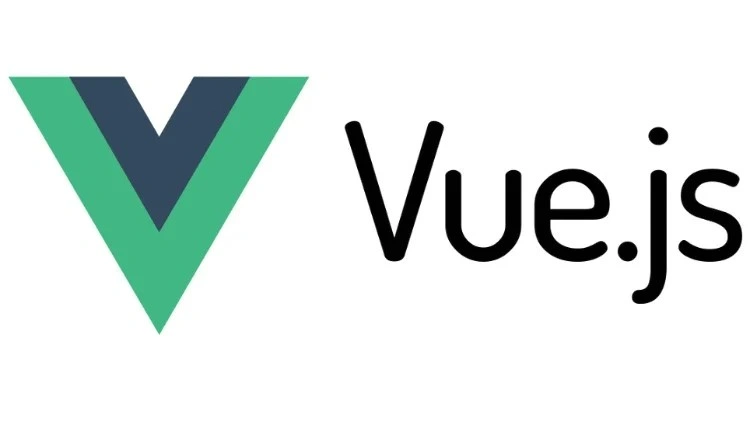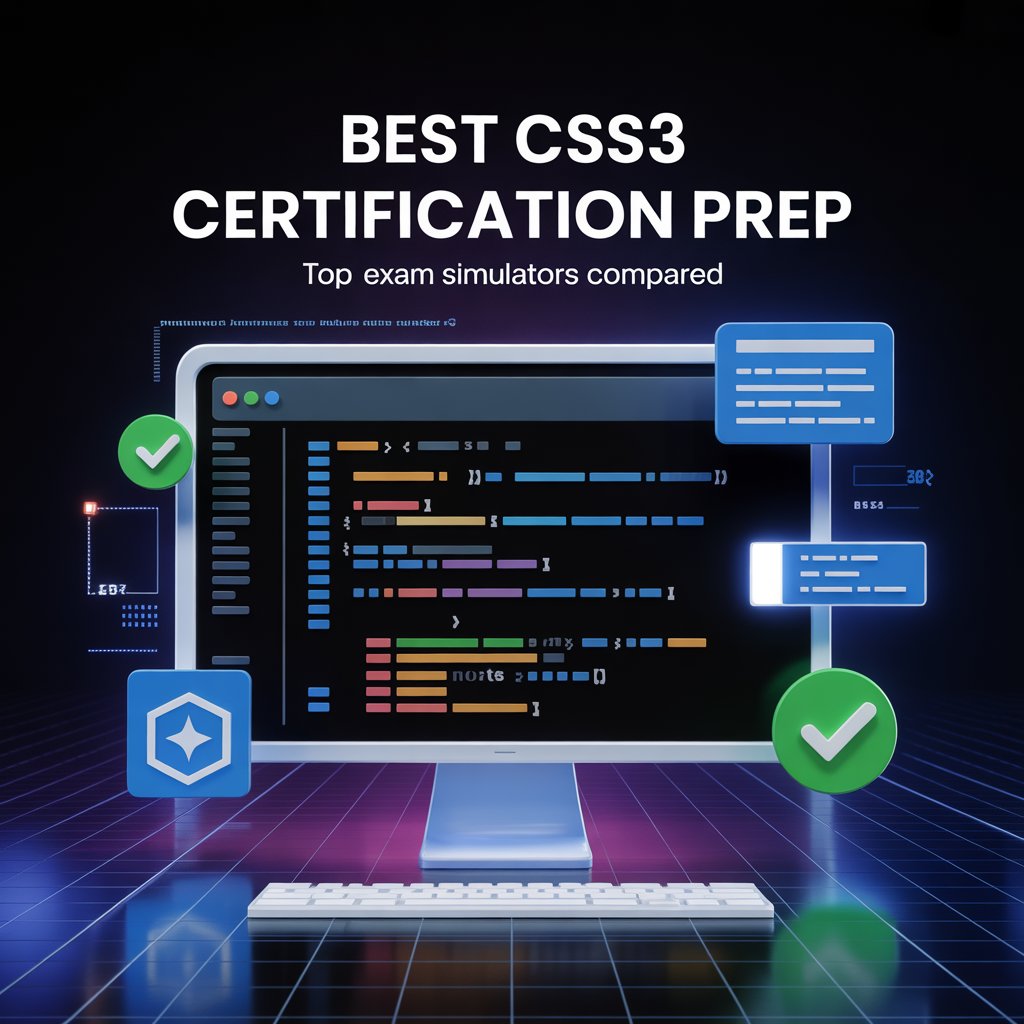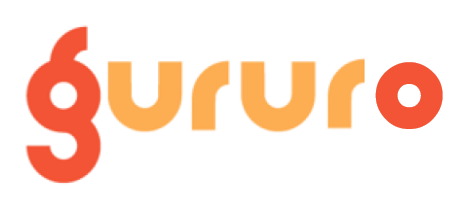Introduction
“Nothing stings like blanking on a question you should know.” – Me, after my first Vue.js interview fumble
You’re gearing up for your first Vue.js interview, your portfolio looking fresh, when a sneaky worry creeps in: “What if they ask about v-for?” That gut-check moment can make anyone jittery. Vue.js, the nimble JavaScript framework powering apps for big shots like GitLab, is racking up 1.5 million weekly downloads on npm in 2025. For newbies, nailing Vue.js Interview Questions for beginners is your ticket to that junior dev gig. But which questions are gonna come up?
I’m spilling the beans on the top 10 Vue.js interview questions for beginners, pulled from my own rookie interview flops and coaching new coders. These questions are the core of Vue.js beginner interview prep, hitting stuff like directives and props. If you’re just starting with Vue.js, this guide’s got your back to walk in confident. Ready to knock it out of the park? Let’s jump into essential Vue.js interview questions!
Why These Questions Are a Big Deal for Newbies
Vue.js interviews for starter roles in 2025 aren’t about being a coding wizard—they’re about showing you:
Get the basics, like reactivity and components
Can write clean code that works
Can talk tech without tripping over your words
Have the spark to grow into bigger projects
I learned this the hard way when a v-show question left me tongue-tied in my first interview. That slip-up lit a fire under me to master Vue.js interview questions for beginners, and now I’m sharing the 10 that show up in most junior dev interviews, based on my own stumbles and what’s hot in 2025 hiring. These are beginner-friendly but make-or-break for landing the job.
The Top 10 Vue.js Interview Questions for Beginners
Here’s the lineup: top 10 Vue.js interview questions for beginners, each with the question, answer, why it matters, and a tip from my own journey.
1. What’s Vue.js, and what’s it used for?
Question: “Can you tell me what Vue.js is and why developers use it?”
Answer: Vue.js is a lightweight JavaScript framework for building user interfaces, loved for its simplicity and flexibility. It’s used to create reactive, component-based web apps, like single-page apps, with a tiny 20KB size.
Why It Matters: Interviewers want to see you get Vue’s big picture. Mentioning reactivity and components shows you’re not just parroting the docs.
Example:
<h1>Hey, {{ name }}!</h1>
export default {
data() {
return { name: 'Vue' };
}
};
My Tip: I wowed an interviewer by mentioning GitLab’s Vue.js apps. Drop a name like Alibaba to sound legit.
2. How does Vue.js make things reactive?
Question: “What powers Vue.js’s reactivity?”
Answer: Vue.js uses JavaScript Proxies in Vue 3 to track data changes and instantly update the UI when data shifts.
Why It Matters: This checks if you understand Vue’s magic sauce. Proxies are the 2025 standard, replacing Vue 2’s older tricks.
Example:
<p>{{ score }}</p>
<button>Add</button>
import { ref } from 'vue';
export default {
setup() {
const score = ref(0);
return { score };
}
};
My Tip: I babbled about this once and lost them. Keep it simple: “Vue tracks data changes and refreshes the screen.” Gururo’s Vue.js practice tests are clutch for reactivity.
3. What’s the deal with v-if vs. v-show?
Question: “When do you use v-if instead of v-show?”
Answer: v-if adds or removes elements from the DOM based on a condition, while v-show hides them with CSS (display: none). Use v-if for layout changes, v-show for quick toggles.
Why It Matters: This tests your grip on rendering and speed, a must for beginners.
Example:
<p>I’m here!</p>
<button>Toggle</button>
import { ref } from 'vue';
export default {
setup() {
const visible = ref(true);
return { visible };
}
};
My Tip: I swapped these in a test and looked green. Use v-if for big shifts, v-show for fast hide/show.
4. How does v-for work in Vue.js?
Question: “How do you use v-for to show a list?”
Answer: v-for loops through arrays or objects to render lists, needing a unique :key to help Vue update the DOM efficiently.
Why It Matters: This checks if you can handle dynamic data, a common newbie task.
Example:
<ul>
<li>{{ fruit.name }}</li>
</ul>
import { ref } from 'vue';
export default {
setup() {
const fruits = ref([{ id: 1, name: 'Mango' }, { id: 2, name: 'Kiwi' }]);
return { fruits };
}
};
My Tip: I got a console warning for skipping :key. Always add a unique :key to stay clean.
5. What are Vue.js components?
Question: “What’s a Vue.js component, and how do you make one?”
Answer: Components are reusable chunks of Vue code with their own data, template, and logic, built as single-file components (.vue) or JavaScript objects.
Why It Matters: This tests if you get Vue’s modular setup, a beginner essential.
Example:
<!-- MyComponent.vue -->
<div>{{ greeting }}</div>
export default {
data() {
return { greeting: 'Yo, Vue!' };
}
};
My Tip: I stood out by talking up single-file components. Mention .vue files to sound sharp.
6. How do props pass data in Vue.js?
Question: “How do you use props in Vue.js?”
Answer: Props let a parent component send data to a child, defined in the child’s props option with optional type checks and validation.
Why It Matters: This checks if you can build reusable components, a key beginner skill.
Example:
<!-- Child.vue -->
<p>{{ name }}</p>
export default {
props: {
name: { type: String, required: true }
}
};
<!-- Parent.vue -->
My Tip: I missed prop validation once, and bugs hit hard. Always set type and required.
7. What’s v-model and how’s it work?
Question: “Can you explain what v-model does in Vue.js?”
Answer: v-model sets up two-way binding for form inputs, combining :value and @input to keep data and user input in sync.
Why It Matters: This tests your data-binding know-how, a big deal for beginners.
Example:
<p>{{ message }}</p>
import { ref } from 'vue';
export default {
setup() {
const message = ref('');
return { message };
}
};
My Tip: I got this down by coding forms. Build a simple input to feel it out.
8. What’s the Composition API about?
Question: “What’s the Composition API, and how’s it different from Options API?”
Answer: The Composition API, new in Vue 3, organizes code in functions for flexibility and better TypeScript support, unlike the Options API’s object setup.
Why It Matters: This tests if you’re up on Vue 3’s modern approach, even as a beginner.
Example:
import { ref } from 'vue';
export default {
setup() {
const count = ref(0);
return { count };
}
};
My Tip: I started with Composition API and it clicked fast. Talk up its clean structure to impress.
9. How do you debug a Vue.js app?
Question: “What do you use to debug Vue.js apps?”
Answer: Vue DevTools lets you inspect components, state, and events, paired with Chrome DevTools for breakpoints and Vue’s warn logs for errors.
Why It Matters: This checks if you’ve got practical debugging skills, a must for newbies.
Example:
export default {
mounted() {
console.log('Pop open Vue DevTools for debugging');
}
};
My Tip: I fixed a bug with Vue DevTools and felt like a genius. Install it and debug a sample app.
10. What are slots in Vue.js?
Question: “How do slots function in Vue.js?”
Answer: Slots let parent components plug custom content into child components, making them super reusable.
Why It Matters: This tests if you can build flexible components, a beginner-friendly skill.
Example:
<!-- Child.vue -->
<div>Fallback</div>
<!-- Parent.vue -->
<span>My Stuff</span>
My Tip: I nailed this by practicing named slots. Try <slot name=”footer”> to level up.
How to Get These Down Cold
These top 10 Vue.js interview questions for beginners are your game plan for success. Here’s how I make them stick:
Code Every Day: Build tiny apps for each question, like a list with v-for.
Talk It Out: I practiced explaining stuff to my cat (she’s a great listener).
Make a Project: Code a simple app, like a note-taker, using all 10 topics.
Learn from Flubs: I got v-if right by dissecting quiz mistakes.
Use Tools: Gururo’s Vue.js practice tests are awesome for beginner questions.
My Story: My friend Leo prepped these Vue.js interview questions for beginners in 2024. When they asked about props, he broke down validation like a pro and landed a junior dev job. Prep makes you unstoppable!
Traps to Watch Out For
Overexplaining: I rambled about components once and lost them. Keep it short.
Skipping Vue 3: Composition API’s the 2025 vibe—don’t miss it.
Ignoring Debug Tools: Vue DevTools saved me from a mess. Don’t lean on console.log.
Cool Fact: Evan You started Vue.js in 2014, wanting a simpler spin on Angular. By 2025, it’s got over 200,000 GitHub stars!
Extra Goodies
Books:
Vue.js: Up and Running by Callum Macrae—perfect for newbies.
Learning Vue.js 2 by Olga Filipova for extra depth.
Tools:
Vue DevTools for debugging like a champ.
Vite for speedy Vue.js builds.
Websites:
Vue.js Docs (vuejs.org) for the real stuff.
Communities:
Vue.js Developers on Facebook.
r/vuejs on Reddit for geeky chats.
Wrapping It Up
The 8 Vue.js interview topics—reactivity, directives, v-model, components, slots, Pinia, Composition API, and debugging—are your fast track to nailing 90% of Vue.js jobs in 2025. Get these down, build a killer project, and walk into that interview like you own it. Your dream job’s closer than you think.
Wanna get started? Pick three topics, code them into a small app, and explain them to a buddy. As one dev told me, “Code’s like a muscle—work it, and it’ll carry you far.” Keep at it, and you’ll land that gig. Drop your toughest topic in the comments or tweet me your prep—I’m rooting for you!
Ace your 2025 Vue.js interview with Gururo’s beginner-friendly practice tests, packed with Vue.js interview questions for beginners to boost your Vue.js beginner interview prep and land that junior dev role!
FAQs
What are Vue.js interview questions for beginners?
Common Vue.js questions for newbies include “What’s Vue.js?” and “How does v-for work?”
How do I start Vue.js beginner interview prep?
Practice Essential Vue.js interview questions like v-if and props on Gururo for Vue.js beginner interview prep.
What are Essential Vue.js interview questions?
Vue.js interview questions for beginners like reactivity and slots are Essential Vue.js interview questions.
Are Vue.js interview prep for beginners questions hard?
No, Vue.js interview prep for beginners focuses on Common Vue.js questions for newbies like v-model.
What are Beginner Vue.js interview questions 2025?
Beginner Vue.js interview questions 2025 include Composition API and Vue.js interview questions and answers.
Where can I find Vue.js interview questions and answers?
Gururo offers Vue.js interview questions and answers for Vue.js beginner interview prep.
How often should I practice Vue.js interview questions for beginners?
Daily practice of Essential Vue.js interview questions boosts Vue.js interview prep for beginners
















